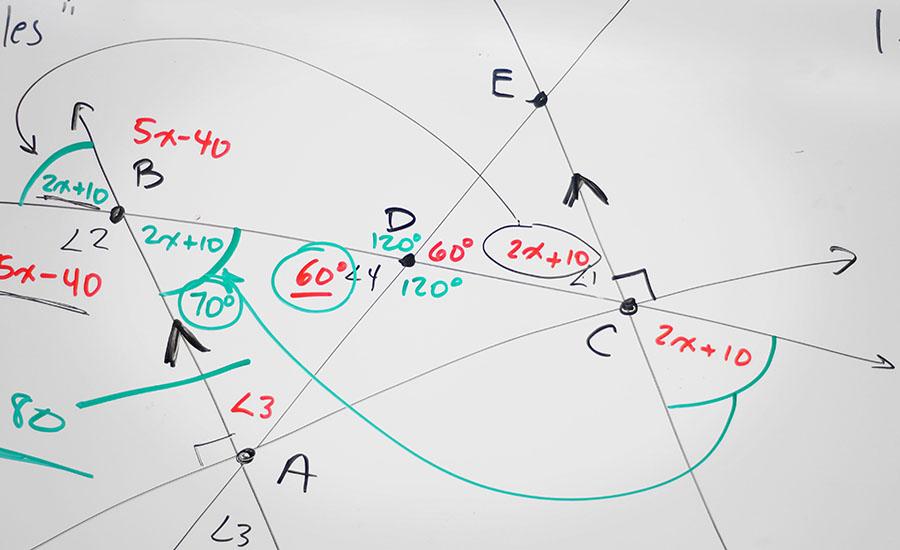Mosquito Management
Students are challenged to complete a Ziggurat temple with a working marble run attached. It is a challenge for students to construct the longest working marble run.
In this kindergarten lesson we'll be learning all about bats and why they're important to our environment. Students will create a bat out of ripped up pieces of paper and will fill in a bat template
Students will use SEEK or other species identification tools to create a database of biodiversity on campus. The lesson starts with a discussion of the importance of biodiversity to the functioning of
Students will be creating their own testing station for sound waves! Each group will get 5 glasses and will put a different amount of water in each of the glasses. Then the students will tap the glass
Creative Animal Adaptations
In this lesson, students create a brand new species of animal! Designed to be an end-of-unit activity after students have learned about different environments and animal adaptations, students will
Students will conduct a lab activity to gather information about how the heart rate can be affected by rest and by exercising. They will learn how to calculate their own target heart rates using a
When studying Life Science, students are very curious to watch animals and plants growing. In this lesson, students observe growth of baby guppies in fish tanks, understanding life cycles and growing
This lesson allows students to construct a cell model in a fun and engaging way using edible materials such as cereals and candies. This will help students remember how to differentiate plant cells
This STEM activity is designed to be used with an animal habitat lesson. Students will create a UV animal using color changing UV beads and design a shelter to protect the animal from harmful UV light
In this lesson students will use simulations to collect data about changes in specific traits of a population over time. Students will then use the data create graphical models to explain natural
This is a third grade lesson focused on structure and function. In the lesson, students observe, investigate, and research chickens to create a model focused on the parts of a chicken and their
Students explore the world of the lesser long-nosed bat through a self-paced hyperdoc. This unassuming bat is responsible for pollinating some the most magnificent desert cacti. It faced extinction in
Featured Lesson Plans
Check out these notable lesson plans.

Students use Google Earth Timelapse to observe changes to glaciers over time before completing an investigation on the effects of melting sea ice and land ice on global sea level rise. This

This is the second lesson plan that goes with the series of four lesson plans for the book Song for a Whale by Lynne Kelly. This lesson focuses on vibrations, sounds, and music. The final project is

SNOW
This lesson includes literacy, math, and art about snowflakes. Within math, students will dive into an analysis of angles within a common snowflake. Students will listen to an informational text about


